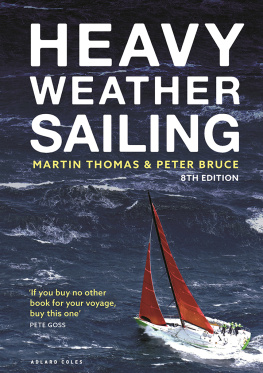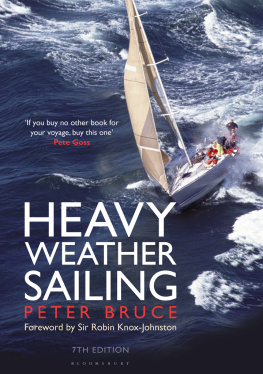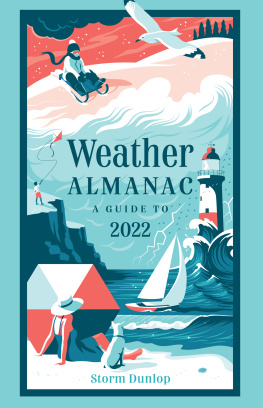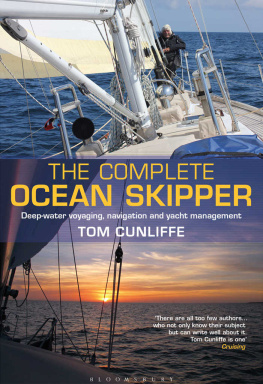
Copyright 2006 Roger Marshall. All rights reserved. Printed in the United States of America. Except as permitted under the United States Copyright Act of 1976, no part of this publication may be reproduced or distributed in any form or by any means, or stored in a database or retrieval system, without the prior written permission of the publisher.
ISBN: 978-0-07-149101-3
MHID: 0-07-149101-5
The material in this eBook also appears in the print version of this title: ISBN: 978-0-07-139870-1, MHID: 0-07-139870-8.
All trademarks are trademarks of their respective owners. Rather than put a trademark symbol after every occurrence of a trademarked name, we use names in an editorial fashion only, and to the benefit of the trademark owner, with no intention of infringement of the trademark. Where such designations appear in this book, they have been printed with initial caps.
McGraw-Hill eBooks are available at special quantity discounts to use as premiums and sales promotions, or for use in corporate training programs. To contact a representative please e-mail us at bulksales@mcgraw-hill.com.
TERMS OF USE
This is a copyrighted work and The McGraw-Hill Companies, Inc. (McGraw-Hill) and its licensors reserve all rights in and to the work. Use of this work is subject to these terms. Except as permitted under the Copyright Act of 1976 and the right to store and retrieve one copy of the work, you may not decompile, disassemble, reverse engineer, reproduce, modify, create derivative works based upon, transmit, distribute, disseminate, sell, publish or sublicense the work or any part of it without McGraw-Hills prior consent. You may use the work for your own noncommercial and personal use; any other use of the work is strictly prohibited. Your right to use the work may be terminated if you fail to comply with these terms.
THE WORK IS PROVIDED AS IS. McGRAW-HILL AND ITS LICENSORS MAKE NO GUARANTEES OR WARRANTIES AS TO THE ACCURACY, ADEQUACY OR COMPLETENESS OF OR RESULTS TO BE OBTAINED FROM USING THE WORK, INCLUDING ANY INFORMATION THAT CAN BE ACCESSED THROUGH THE WORK VIA HYPERLINK OR OTHERWISE, AND EXPRESSLY DISCLAIM ANY WARRANTY, EXPRESS OR IMPLIED, INCLUDING BUT NOT LIMITED TO IMPLIED WARRANTIES OF MERCHANTABILITY OR FITNESS FOR A PARTICULAR PURPOSE. McGraw-Hill and its licensors do not warrant or guarantee that the functions contained in the work will meet your requirements or that its operation will be uninterrupted or error free. Neither McGraw-Hill nor its licensors shall be liable to you or anyone else for any inaccuracy, error or omission, regardless of cause, in the work or for any damages resulting there from. McGraw-Hill has no responsibility for the content of any information accessed through the work. Under no circumstances shall McGraw-Hill and/or its licensors be liable for any indirect, incidental, special, punitive, consequential or similar damages that result from the use of or inability to use the work, even if any of them has been advised of the possibility of such damages. This limitation of liability shall apply to any claim or cause whatsoever whether such claim or cause arises in contract, tort or otherwise.
Contents
INTRODUCTION
Most mariners, be they sailors or powerboaters, fear a storm at sea. They worry that their vessel isnt capable of handling the conditions or that, out of ignorance, they may put their boat and themselves in a dangerous situation. Good books have been written to address such fears with concrete information and advice, but most such books focus on the worst-case scenario: a severe storm encountered far at sea.
This book, by contrast, treats the worst-case scenario as the far end of a continuum that begins in more familiar territory, closer to home: the squall you encounter in a local bay; the storm that buffets your boat at its mooring or in its marina slip; the steep seas that spring from nowhere when a frontal breeze blows against a tidal or ocean current; or the gale that disrupts a short ocean passage with drenching spray, seasickness, and exhaustion but poses no real threat provided you know what to do. Most of us encounter a gale sooner or later, but few of us will ever face a severe storm at sea. Use a fresh 20-knot breeze to help you prepare for 25. Use your first 35-knot gale to prepare for 45. And use this book to help the learning process along.
The first two chapters will help you understand when rough conditions are imminent and under what circumstances you can expect dangerous seas. Sailors once used to put out to sea no matter what the weather. They watched the clouds and the barometer, and were knowledgeable about the kinds of conditions that give rise to dangerous weather. Today, television and Internet forecasts predict the weather as far as five days in advance, and radio broadcasts tell you what to expect over your location in the nearer term. explains how waves and wave patterns evolve, and how they can become dangerous.
Unfortunately, until you have been out in a storm or two, it is hard to know what to do and where to go. In fact, you might not even know whether your boat is suitable to face a storm. address this concern, showing you how to choose a sail- or powerboat that will weather a storm and how to adapt your present boat to cope with rough weather at sea. These chapters discuss gear and installation options for sail- and powerboats, and tell you what is best. My opinions often differ from conventional wisdom, but they are based on 40 years of sailing in all kinds of weather, the testing I have carried out on a range of gear and equipment, and the feedback I have gleaned from other experienced sailors on what works and what doesnt.
More often than not, during a storm your boat will be in harborwhere it should betied to a marina or lying to a mooring. While you are safe ashore, your boat is taking the brunt of the heavy weather. Have you taken every precaution to ensure that it is protected properly? will give you the necessary guidance.
In describes how to do this.
In we look at gear and techniques that will keep our crew members safe in rough weather at sea. The focus is on safety aboard, since its rare that a boat must be abandoned. But its prudent to know beforehand what you would do if you were to lose your boat in a worst-case scenario, so we also discuss gear and techniques that will help you survive in a life raft.
In we discuss how to make an emergency distress call and what to expect from search-and-rescue personnel.
I have added a number of heavy-weather scenarios throughout the bookboth real and fictionalto illustrate the sort of thinking you should do when the going gets tough. Trying to decide where a storm is going to go, and whether you are in its path, is one example of such thinking. Old-time mariners, without the benefit of modern weather forecasts and radio communications, used certain rules of thumb to help make these kinds of decisions and many of these rules still apply today. Of course, they are not perfect, but neither is the science of weather prediction or the techniques of storm sailing. Hopefully, this book will help you make smart decisions, and give you peace of mind in heavy weather.
In short, this book is intended to give you the confidence to face rough weatherwhether that means a garden-variety afternoon blow or a major storm. By making this books techniques and checklists a part of your sailing repertoire, you will be able to sail anywhere with complete confidence in your abilities.












